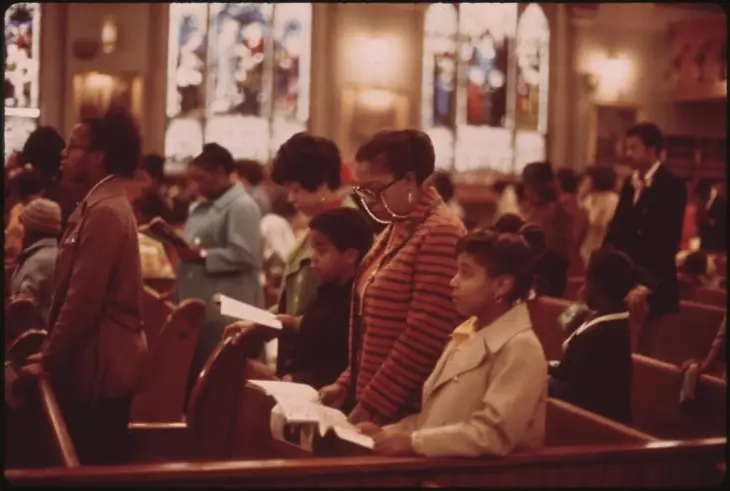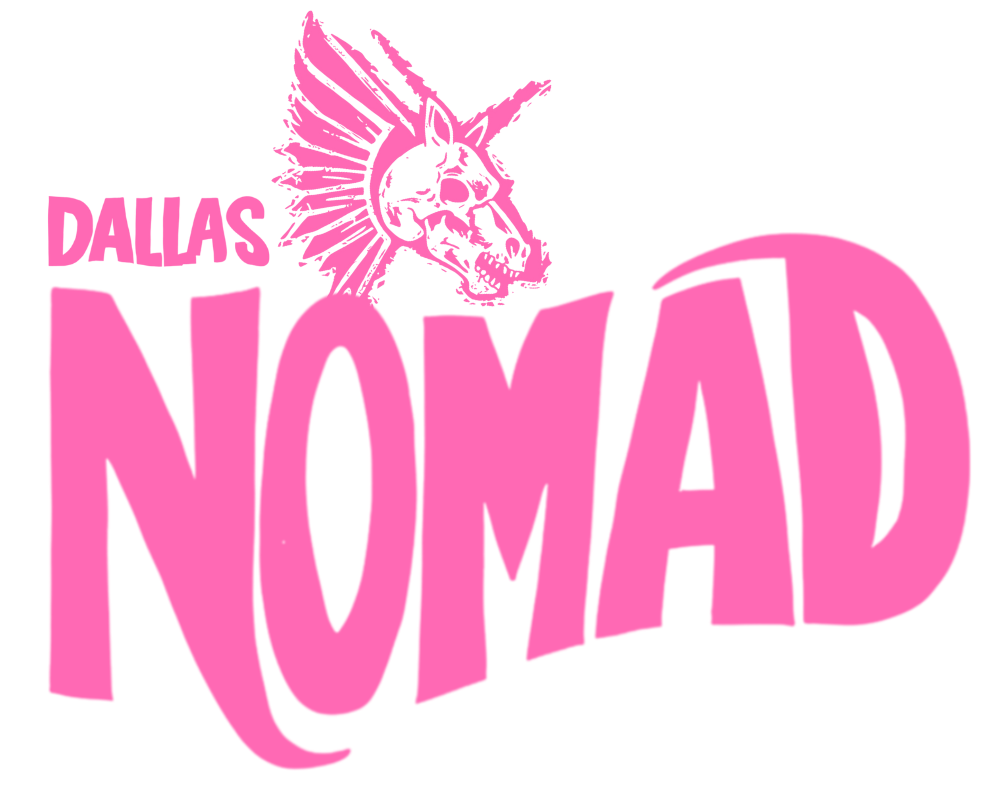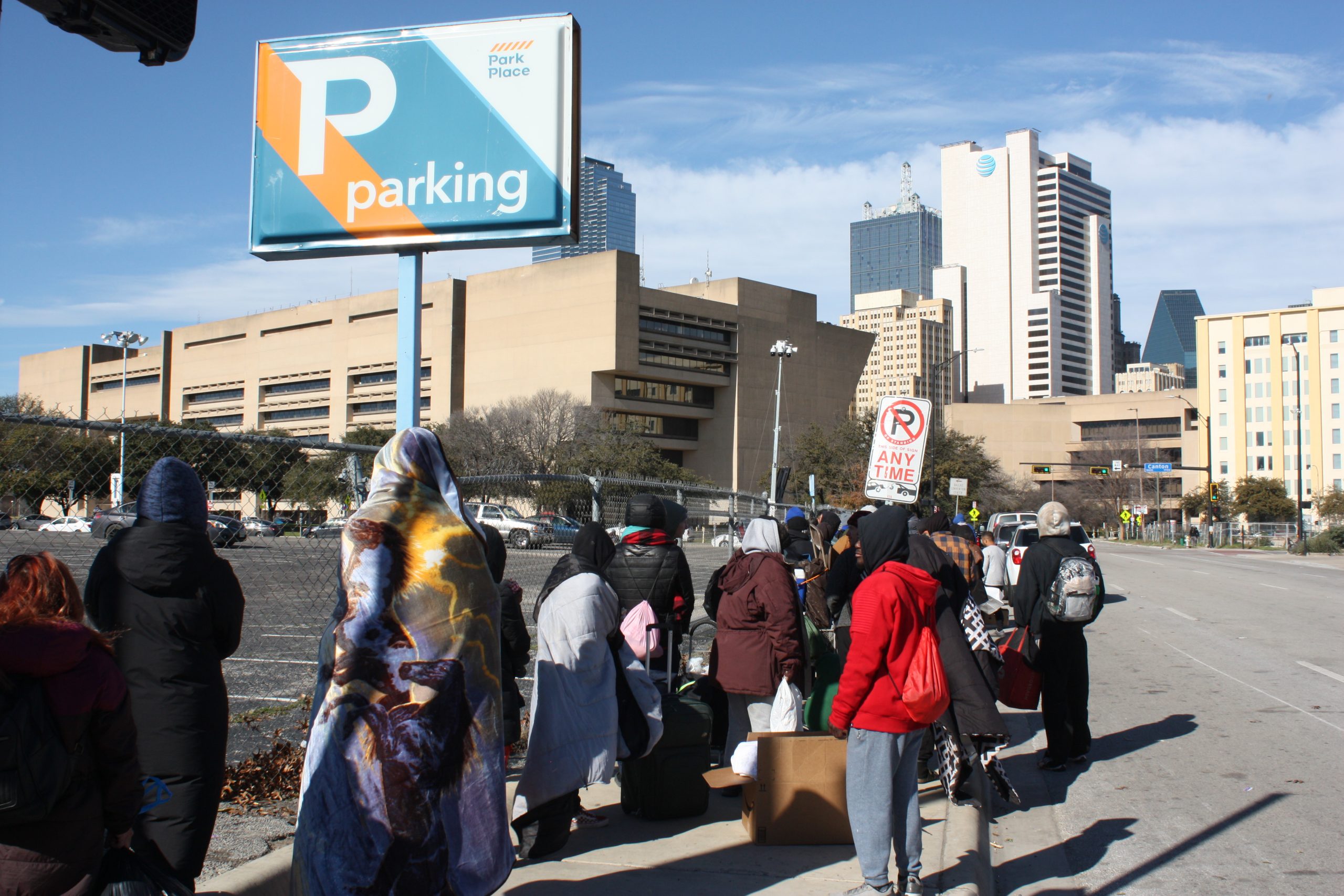The Black Church and Conservatism
Christianity has historically been utilized by white supremacist aims to suppress Black folk.

Christianity has historically been utilized by white supremacist aims to suppress Black folk.
This time last year, then Republican Presidential Nominee Donald Trump visited the 180 Church in Detroit, a city that is 76.8% Black. The visit was written off as a failed attempt to appeal to Black voters, but scarily enough, the strategy was not completely off.
The majority of the Black vote that Trump did receive was from Black men. According to AP news, three in ten Black men voted for Trump in 2024, which was double the number it was in 2020. So, why is that? While, of course this is still disproportionately low compared to White men, Hispanic Men and White women quoted in the same article, it is still cause for concern. Why is the number growing and why is there a Black-led church allowing Trump through their doors, and praising him? Specifically, in religious spaces?

During the Atlantic slave trade, a method of submission wielded against Black people was religion. One particular story was the Curse of Ham, a biblical account that takes place in Genesis 9:20-9:27 where Ham’s son Canaan is cursed by Noah to be the “servant of servants.” While the biblical account of the Curse of Ham does not have a racial link to it, this did not prevent it from being used. In fact, the argument led to the belief that those with Black skin were the children of Ham, inflicted with the same curse of servitude he was. Then, there were versions of the King James Bible that were referred to as “slave bibles,” which omitted any references that encouraged resistance and emphasized obedience. According to Anthony Schmidt from the Museum of the Bible, the slave bibles removed 90% of the Old Testament and 50% of the New Testament.
The same biblical manipulation continued with religious indoctrination working in tandem with conservative ideology throughout the decades but really hit its peak in the 80s. During that time the religious right became prominent figures in the mainstream media alongside with the Republican boom in both Black and white communities.
Televangelists like Jerry Falwell Sr., Ed Dobson and the LaHaye’s formed the Moral Majority in 1979, a response to a perceived moral deterioration in America throughout the 60s and 70s, something that the Black community was also experiencing. Ironically, one amongst many other core tenants of their group was a rejection of the civil rights movement. While racism may have been an isolating factor, this didn’t stop Republican leaders from trying to appeal to the Black community and it did not stop it from working.
In spite of this point of contention, the Black community still held some conservative ideology that the Republican party could appeal to through the Black church. Particularly through homophobia, transphobia and the idea that Black people can succeed if they just try hard enough. In “Their Own Receive Them Not: African American Lesbians & Gays in Black Churches,” Horace Griffin states that the Black community in an attempt to survive and assimilate adopted certain conservative ideologies, specifically around sex.
“In order to gain respectability and simply to survive, Black people adopted a sexual conservatism, if not sexual prudishness…such a reaction has led a Black majority to adopt harsh attitudes toward lesbian and gay people, their relationships and equality,” Griffin said.
As a result, the Black church became a complex space for Black people, simultaneously providing a space for community building but making LGBTQ+ community members fear that they may risk alienation. This attempt at assimilation through a conservative mindset is how Bishop TD Jakes, a popular figure in the Black church community stated in 2022 that “women are becoming men,” emphasizing that women leading men is a violation of a “divine order.”
This more conservative mindset is how you get President Trump visiting Detroit’s 180 church during his 2024 presidential campaign, a city primarily consisting of Black people. Religion, for all of its positive attributes, can operate as a vessel for conservatives to gain control because of its inability to accept and its push for complacency.

Religion has historically served as a method of instilling passivity. In “The Role of the Black Church in the American Civil Rights Movement,” author Supad Kumar Ghose states that while the Black church may be largely linked to the Civil Rights Movement, it also pushed for non-violent resistance. The church for its key role in the Civil Rights Movement, came the passive acceptance of pain as a necessary aspect of religion. Malcolm X points this out in 1965, arguing that christianity was another way to brainwash Black people into simply looking away instead of acting.
“This white man’s Christian religion further deceived and brainwashed this Negro to always turn the other cheek,” X said. “And grin, and scrape, and bow, and be humble, and to sing, and to pray and to take whatever was dished out by the devilish white man.”
As Ghose points out, religion served as a solace for Black slaves. It offered sustainment and stability.
“The Black people had suffered extreme humiliation in American history but what sustained them in their ordeal was a strong sense of spiritual culture centered on the church,” Ghose said. “It is in churches where they would often gather for moral and spiritual rejuvenation as well as sustenance and cultural activities amidst both oppression and exclusion.”
The church became something the community leaned on, but the doctrine of Christianity also taught as to, as Malcolm X said, “turn the other cheek,” rather than fight.





